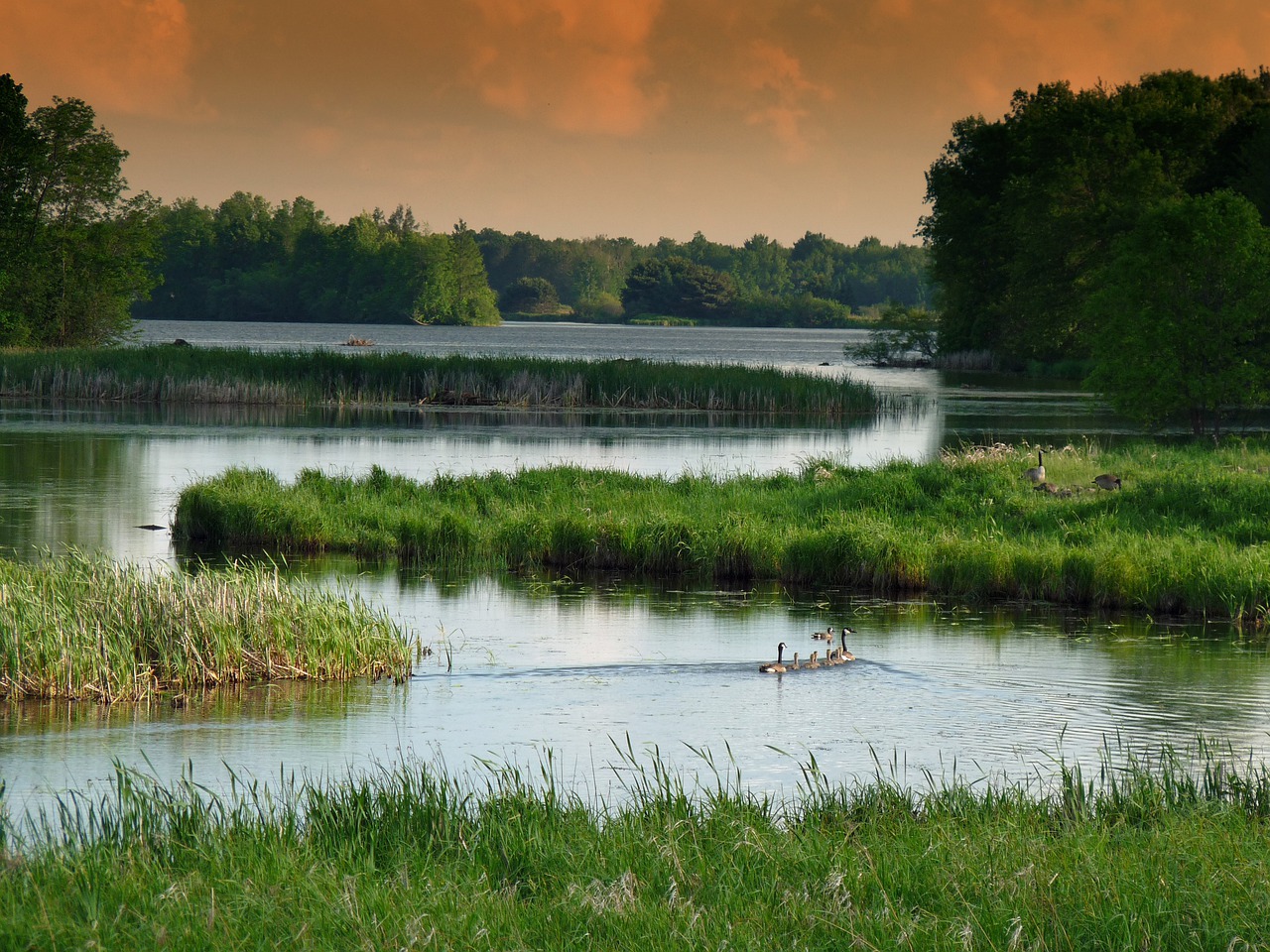The US Supreme Court Monday heard its first oral arguments of the term in Sackett v. EPA over whether wetlands are “waters of the United States” under the Clean Water Act (CWA).
The controversy arose in 2007 when “without a CWA permit, [petitioner Michael Sackett]—who operated a commercial construction and excavation business—dumped approximately 1700 cubic yards of gravel and sand to fill the wetlands and prepare the site for building.” After a complaint and investigation, the EPA informed Sackett the area contained wetlands subject to a Clean Water Act permit.
The Environmental Protection Agency (EPA) argues that the court should uphold the US Court of Appeals for the Ninth Circuit’s significant-nexus test. That is, if wetlands are significantly connected to an adjacent body of water already protected by the CWA, they are protected too. The EPA claims, “[t]he significant-nexus test also provides an administrable and now familiar standard, which is soundly based in science and well within Congress’s constitutional authority.” Leaving adjacent wetlands unprotected would defeat the CWA’s protection of navigable waterways because “[w]etlands play an essential role in protecting the chemical, physical, and biological integrity of neighboring waterways, including by filtering pollutants, storing water, and providing flood control.”
Sackett argues the court should not uphold the Ninth Circuit’s test. According to Sackett, the wetlands are separated from the Sackett’s property by a 30-foot paved road, and “no water at all—surface or subsurface—flows from the Sacketts’ lot to the wetlands or to the ditch across the street.” Instead, Sackett urges the court to adopt a two-step test for determining when a wetland is “among the waters of the United States.” First, is the wetland is continuously connected to a body of water so that it is hard to tell where the water ends and the wetland begins? Second, is the water subject to Congress’ authority? “Applying the two-step framework to this case’s record compels a finding that the Sacketts’ property contains no ‘waters of the United States.'”
Justice Ketanji Brown Jackson had the opportunity to ask her first questions as a Supreme Court justice Monday, inquiring about Congress’ intent with respect to “adjacency.”


